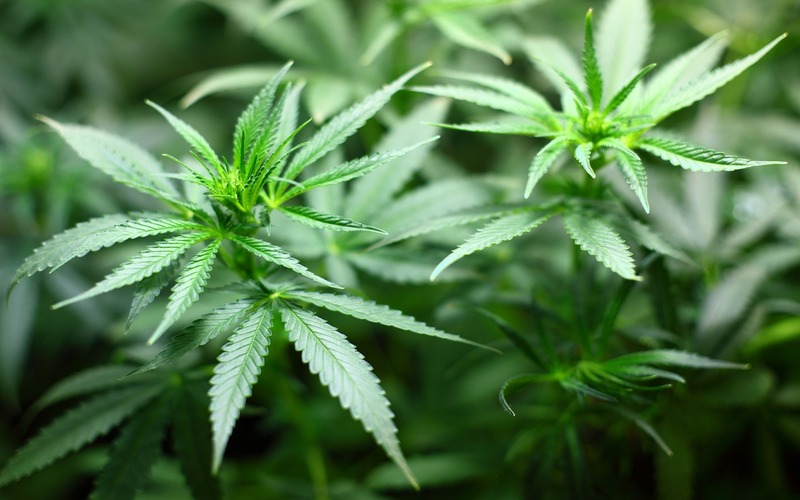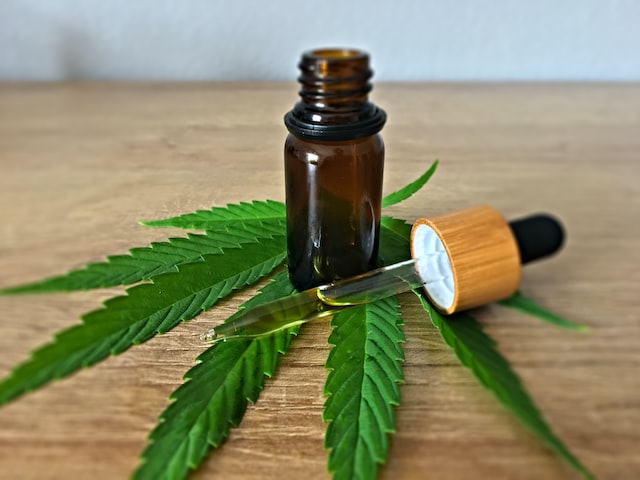
Although many still have reservations about cannabis, its use in medicine and healthcare continues to thrive. Many patients use medical marijuana to help them manage various conditions, such as chronic pain, cancer, anxiety, epilepsy, and arthritis.
Thanks to innovations in cannabis technology and research, marijuana will only become more widely and effectively used by patients of all kinds.
Let’s look at noteworthy innovations in cannabis and how they can help patients make the most of cannabis as a medicine.
Cultivation Methods
Much of why marijuana is so effective as a medicine is due to how it’s produced. The better the growing method is, the more potent the product will be. And that means a more impactful experience for the patient.
While most growers are still using outdoor farming and soil-centered systems to grow their marijuana, others are using indoor hydroponic and aeroponic growing systems.
The former relies on a nutrient-rich water solution rather than a nutrient-rich soil to grow. The latter involves suspending marijuana plants in the air by their roots and spraying them with a nutrient-rich mist to facilitate growth.
These systems are much more environmentally friendly, and help grow marijuana faster, in bigger yields, with fewer pests and diseases.
Delivery and Consistency
Two significant issues regarding medical marijuana are ensuring quality consistency and getting it to patients.
Helping consistency is a brand’s ability to get certified. Products can be certified by reputable agencies like The Cannabis Safety and Quality Standards, putting a stamp of approval on the safety and quality of their marijuana products.
Regarding delivery, the opening of thousands of dispensaries across the country has helped make medical marijuana more accessible to many.
But what about those that can’t physically visit a dispensary?
Thankfully, delivery services, while still in their infancy, are emerging. You can’t deliver marijuana legally in most states.
But others, such as Arizona, Arkansas, California, and Colorado, allow it if you have a specific delivery or retail license.
Delivery services accommodate those patients that can’t pick up their cannabis on their own, whether because of mobility issues, debilitating symptoms, or another reason.
More Product Options
Most people picture someone rolling a blunt, or joint, or loading a bowl with flower when it comes to marijuana consumption. However, patients can take advantage of many more product options than flower these days.
Better edibles
Edibles have long been around in the cannabis world. But we’re way past the days of people only making them in their kitchens. And doing so in a way where ingredients aren’t consistent, and there’s no science to it.
There are better edibles today because brands have mastered ingredients, dosage, and cooking techniques. In addition, there are low to high-level THC edibles. And they come in different kinds, like gummies, chocolates, baked goods, mints, and beverages.
The rise of extracts
Culta defines extracts, stating: “Also known as concentrates, dabs, waxes, and oils, cannabis extracts are a type of refined product where the cannabis essential oils and active compounds are separated from the raw plant material.”
The strong, long-lasting effects of extracts make them popular among recreational marijuana users and medical marijuana patients alike. You can add extracts to a joint or blunt. You can dab or vape with them. You can also add them to topicals, edibles, and capsules.
What about CBD?
Many patients would prefer to get the therapeutic agents of cannabis without the high. That’s where Cannabidiol (CBD) comes in. It’s a compound found in marijuana but doesn’t contain THC, the high-inducing substance.

Still, it can be hugely beneficial for pain relief, falling and staying asleep, reducing inflammation, offsetting anxiety, lowering PTSD symptoms, and managing seizures. Patients can add CBD gummies, tinctures, creams, lotions, capsules, drinks, and other products to their health regimes.
Thoroughly Understanding Cannabis Innovations is the Key
Yes, the above innovations are etching a permanent place in the cannabis industry. But facilitating more widespread use of cannabis in medicine and patient care relies heavily on medical professionals.
Many healthcare professionals aren’t familiar with marijuana in medicine, let alone comfortable prescribing cannabis as a treatment option. This is mainly because of the lack of the subject in medical school.
Include extensive medical marijuana education in medical school, and medical professionals will be able to share accurate knowledge about marijuana use with patients. They’ll be able to confidently offer cannabis as a treatment option and give patients the alternative remedies they’re asking for.
Ultimately, the innovations in cannabis are only part of advancing its use in medicine and patient care. Medical professionals’ knowledge and confidence in prescribing it is the other.






